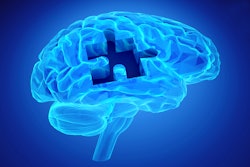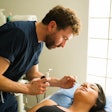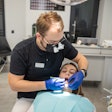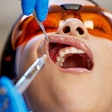Poor oral health (OH) may contribute to higher pain levels in patients with bodily pain, highlighting a possible link between the oral microbiome and the nervous system. This study was published in Frontiers in Pain Research.
Furthermore, certain oral pathogenic species may have a significant association with body pain and migraine headaches in women, the study's authors wrote.
"We report lower OH scores and higher abundance of a range of oral pathobionts to be associated with higher pain scores, suggesting a contribution to the pain phenotype," wrote the authors, led by Sharon Erdrich of the University of Sydney (Front Pain Res, April 8, 2025, Vol. 6, 1577193).
The study involved 158 women recruited between December 2021 and December 2022. Oral health was assessed using the World Health Organization oral health questionnaire, while bodily pain was measured using the short-form 36 domain 'bodily pain' and the widespread pain index (WPI), they wrote.
Migraine status and frequency were determined through the headache symptom questionnaire, scored using International Headache Society criteria. Saliva samples were analyzed using metatranscriptomics, with microbial RNA read counts converted to assess the relative gene abundance across phyla, genera, and species.
Analysis revealed that higher WPI scores corresponded with lower OH scores. Women with migraines had significantly lower OH scores compared to women without migraines, and those in the lowest OH quintiles were more likely to experience migraines, they wrote.
Four oral bacterial species, including Solobacterium moorei, Dialister pneumosintes, Fusobacterium nucleatum, and Parvimonas micra, were significantly associated with both body pain and poor OH. Mycoplasma was linked to migraine presence and type across all taxonomic levels. Additionally, Bifidobacterium was significantly associated with OH, body pain, and migraine, with its abundance inversely related to OH scores and positively related to pain levels.
The study had limitations, including that oral health scores were based solely on self-reported data, as no clinical oral examinations were conducted, the authors noted.
"We propose that the oral microbiome has a role in pain signalling and requires consideration of an oral microbiome–nervous system axis," they concluded.




















